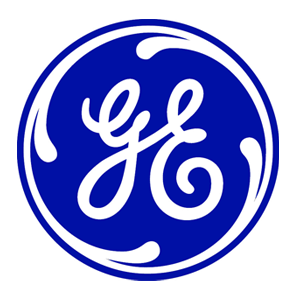A Dialogue with Gretchen Hancock of GE on Science-Based Sustainability Goal-Setting (Part 1)

#SustyGoals 3: GE's Gretchen Hancock on Context-Based Goal-Setting (Part 1)
As with many companies, General Electric is nearing the end-date for many of its sustainability goals — such as its goal to reduce absolute greenhouse gas (GHG) emissions 25% by 2015 (from a 2004 baseline) — and so is actively gearing up for a new round of goal-setting. This process got Gretchen Hancock, GE's Resource Optimization Manager in charge of company-wide energy and GHG emissions inventory and reduction programs, to ask herself, “How do we know what's good enough?”
Echoing in her ears were the words of the GE Citizenship Advisory Panel delivered in the 2012 Sustainable Growth Report issued earlier this year:
GE's current “approach is one of incremental change, improving the social and environmental performance of existing business models year on year [which] is important, but it is not disruptive... GE must continue to set and update global goals that are truly stretching. Moreover, both GE as a company and the sectors, value chains and national economies it is involved in need to find ways of measuring themselves routinely against a benchmark of “what is needed” to deliver sustainable prosperity for all. Governments are continuing negotiations to narrow the gap between the current targets for reducing greenhouse gas emissions and the levels that scientists tell us are needed to limit climate change to a rise of 2ºC.”
One answer to this question came when Climate Counts, a non-profit that rates corporate climate performance, announced preliminary results of its Context-Based Carbon Metric that ranked GE seventh of 100 companies. Importantly, it found that GE's carbon emissions reductions are well in line with science-based targets — in other words, that GE's performance when it comes to carbon is sustainable. This context-based method piqued Hancock's interest as a potential means for setting the next generation of GE's goals.
In this third installation in the #SustyGoals Dialogue Series, #NewMetrics channel co-curator Bill Baue is joined by Judy Sandford, Senior Strategist for Sustainability Communications at Addison, where she works on GE's Citizenship reporting (along with Baue). This is the first of two parts of their wide-ranging dialogue with Hancock.
Click here to read the rest of the dialogue on Sustainable Brands.

